Perforated slat roll forming is an efficient process for producing long lengths of profiled metal slats with holes or perforations. This guide provides a comprehensive overview of perforated slat roll forming machine types, capabilities, working principles, suppliers, costs and other key details.
Overview of Perforated Slat Roll Forming Machines
Perforated slat roll forming machines use a series of roller dies to continuously form perforated sheet metal coil into various wall, ceiling, door, shelving and other slat profiles.
The automated process results in high production output of rolled metal slats with punched holes, slots or decorative patterns. Roll formed perforated slats offer benefits versus other fabrication methods:
- High forming speeds and throughput
- Excellent consistency along entire profile lengths
- Tight dimensional tolerances
- Smooth surface finishes free of defects
- Lower production costs compared to manual methods
- Minimal material scrap losses
- Flexible production from easy profile changeovers
This guide provides a detailed look at the major types of perforated slat roll forming equipment and configurations, working principles, capabilities, supplier options and considerations for product designers and manufacturers.
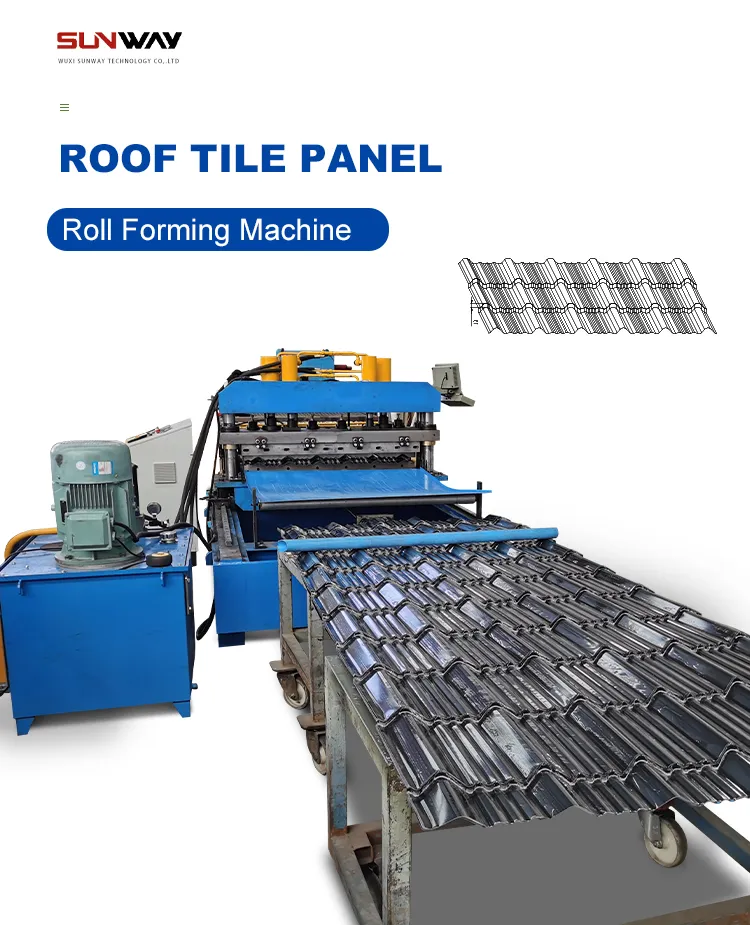
Types of Perforated Slat Roll Forming Machines
Two primary machine configurations are used:
Horizontal Roll Forming Lines
- Material fed from a coil de-coiler and straightener
- Series of horizontal forming stands progressively shape the strip
- Typically 10-16 forming stations depending on profile complexity
- Produces continuous long lengths of slat product
- High production output for long production runs
Vertical Roll Forming Lines
- Compact arrangement of 8-12 vertical forming heads
- Coil fed directly from a de-coiler into forming section
- Shorter profile lengths
- Frequent profile and size changeovers
- Lower volume or batched production
Additional Equipment Options
- Perforating units to punch holes or patterns
- Cutting dies to slice slats to length
- Counting and bundling of finished parts
- Powder coating for finished parts
Working Principle of Perforated Slat Roll Forming
Perforated slat production utilizes a similar process as standard roll forming:
Process Steps
- Sheet or coil feeding
- Entry guides to align strip
- Progressively formed through sequential stands
- Punching or perforating holes/patterns
- Final sizing and calibration
- Cutting to finished lengths
- Stacked output of parts
The perforating station can be integrated at any stage to punch features prior to the final profile shaping. Servo electric drives precisely control material feed through the process.
Advanced 3D roll design software simulates the complex bending sequences needed for quality rolled slat production.
Features and Capabilities of Roll Formed Perforated Slats
Key benefits of roll formed perforated slats:
- High speeds – Up to 100 ft/min production rate
- Excellent consistency – Eliminates defects from manual processes
- Accuracy – Roll formed slats hold tight 1mm dimensional tolerance
- Surface quality – Smooth surface finish
- Strength – Up to 30% stronger joints versus other methods
- Lower costs – Reduced labor and material savings
- Flexibility – Quick changeovers between sizes and profiles
- Finishes – Can apply liquid or powder coated finishes
- Customization – Unique hole patterns or slots
These advantages make roll forming well-suited for producing perforated metal slat products.
Materials for Roll Formed Perforated Slats
Common materials include:
- Mild steel – Most economical option
- Galvanized steel – Added corrosion resistance
- Stainless steel – Superior corrosion and fire resistance
- Aluminum – Lightweight with good corrosion resistance
Thickness generally ranges from 0.5 mm to 1.2 mm. Tooling enables forming outside this range if required.
Perforated Slat Profile Options
Roll formers produce both standard and custom perforated slat profiles:
Standard Profiles
- Common shapes and sizes
- Pre-engineered tooling
- Economical for bulk orders
Custom Profiles
- Unique product designs
- Customized tooling
- Shorter lead times
- Lower order quantities
- Match aesthetic requirements
Quick change tooling minimizes set up time between standard and custom parts.
-
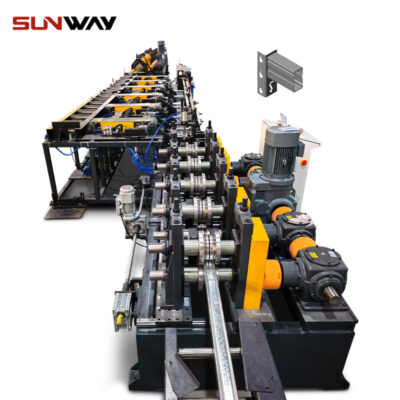 Storage Rack Shelf Box Panel Making Machine Steel Storage Rack System Box Beam Roll Forming Line
Storage Rack Shelf Box Panel Making Machine Steel Storage Rack System Box Beam Roll Forming Line -
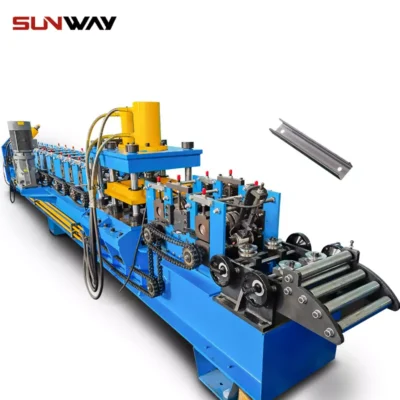 C Section Bracing Omega Storage Rack Upright Post Roll Forming Machine
C Section Bracing Omega Storage Rack Upright Post Roll Forming Machine -
 Steel Box Plate Making Roll Forming Machine
Steel Box Plate Making Roll Forming Machine -
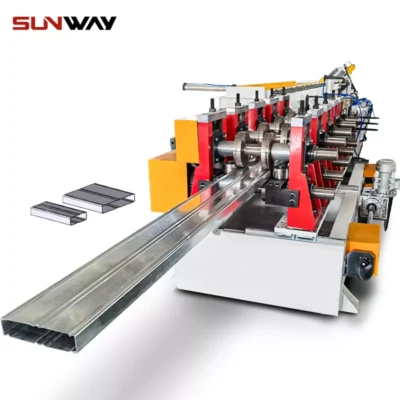 Box Beam Steel Roll Forming Machine For Shelf Column
Box Beam Steel Roll Forming Machine For Shelf Column -
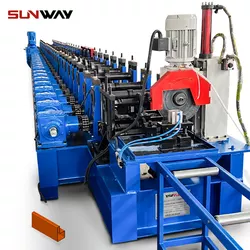 Pallet Racking Step Beam P Beam Roll Forming Machine
Pallet Racking Step Beam P Beam Roll Forming Machine -
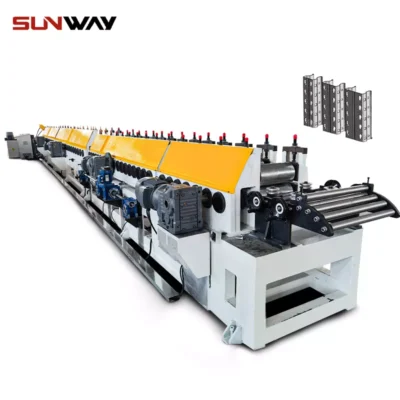 Warehouse Shelf Upright Roll Forming Machine
Warehouse Shelf Upright Roll Forming Machine
Design Considerations for Perforated Slats
Roll forming has some design constraints:
- Constant cross-section – Profile must maintain uniform shape
- Bend orientation – Only transverse bends relative to material flow
- Bend radii – Limitations on achievable inside radii
- Wall thinning – Thickness reduction at tight radiuses
- Feature limits – Restrictions on small details and geometry
Consulting early in the design process ensures manufacturability.
Suppliers of Perforated Slat Roll Forming Equipment
There are many perforated slat roll former manufacturers worldwide. Some major suppliers include:
| Company | Location | Machine Types |
|---|---|---|
| Samco Machinery | Canada | Combined straighteners and roll lines |
| Shanghai Metal Corporation | China | High speed coil lines |
| T&H Lemont | USA | Custom roll forming equipment |
| Metform International | Turkey | Punching and cutting integrated lines |
| Zani Roll Forming | Italy | Powder coating integrated lines |
| Bradbury Group | USA | Standard and custom roll formers |
Both standardized and custom engineered machines are available to meet production needs.
Perforated Slat Roll Forming Equipment Costs
When budgeting for roll forming perforated slats, main costs include:
- Equipment – $50,000 to $500,000 depending on automation
- Tooling per profile – $5,000 to $15,000 for common shapes
- Installation – Approximately 15-25% of machine cost
- Training – 2-3 weeks recommended
- Maintenance – Around 5% of machine cost annually
Higher throughput results in faster return on investment from material and labor savings.
Pros and Cons of Roll Formed Perforated Slats
| Advantages | Disadvantages |
|---|---|
| High production speeds | High initial capital investment |
| Superior product consistency | Fixed costs for custom tooling |
| Low material scrap losses | Limitations on profile geometries |
| Minimal labor requirements | Regular maintenance needed |
| Flexible production | Space required for equipment |
| Adaptable automation | Skilled operators required |
Applications of Roll Formed Perforated Slats
Typical applications include:
- Decorative wall, ceiling and display panels
- Industrial shelving, racks and storage
- Retail fixtures, merchandise displays
- Window, door and room dividers
- Screens, barriers, partitions and enclosures
- Ventilation panels, louvers and covers
- Façade cladding and building exteriors
Any application needing linear feet of perforated sheet profiles can benefit from the efficiencies of roll forming production.
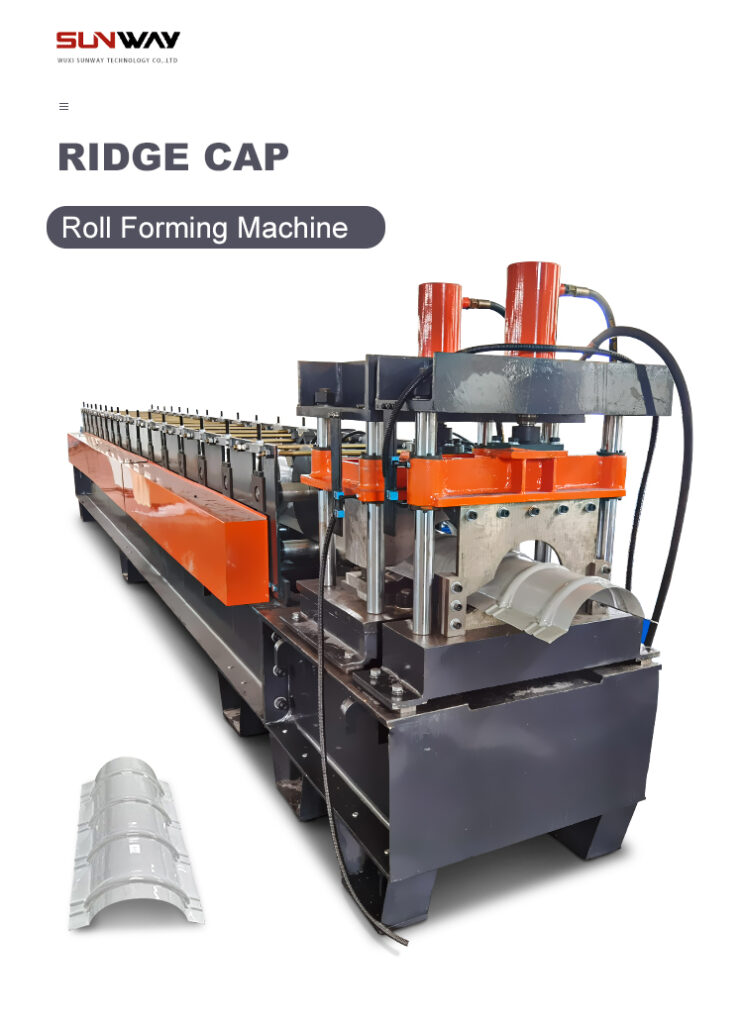
FAQ
Q: What thickness of metal can be reliably perforated?
A: For most steels, thicknesses from 0.5 mm to 1.5 mm can be perforated depending on the hole size and spacing. Above 2 mm becomes more challenging.
Q: What affects the machine speed and output rate?
A: Factors like material grade, thicknesses, profile complexity, and hole patterns determine maximum forming speeds. Slower speeds are required for intricate profiles.
Q: How long does it take to changeover between profiles?
A: With quick change features, skilled operators can change over profiles in 30-60 minutes. Without quick change, several hours are typically required.
Q: Can perforated slats be polished or coated after roll forming?
A: Yes, perforated profiles can be powder coated or polished after roll forming. The smooth surface provides excellent coating adhesion.
Q: Can holes be punched in precise locations along the profile length?
A: Yes, the perforating unit allows precision punching of holes at specified positions by adjusting the die location and material feed.
Conclusion
Perforated slat roll forming provides an ideal process for producing long lengths of perforated metal profiles with accuracy, repeatability and high quality surface finishes. When designed properly, roll formed perforated slats can achieve faster production, lower costs and flexibility in meeting manufacturer and customer needs.
